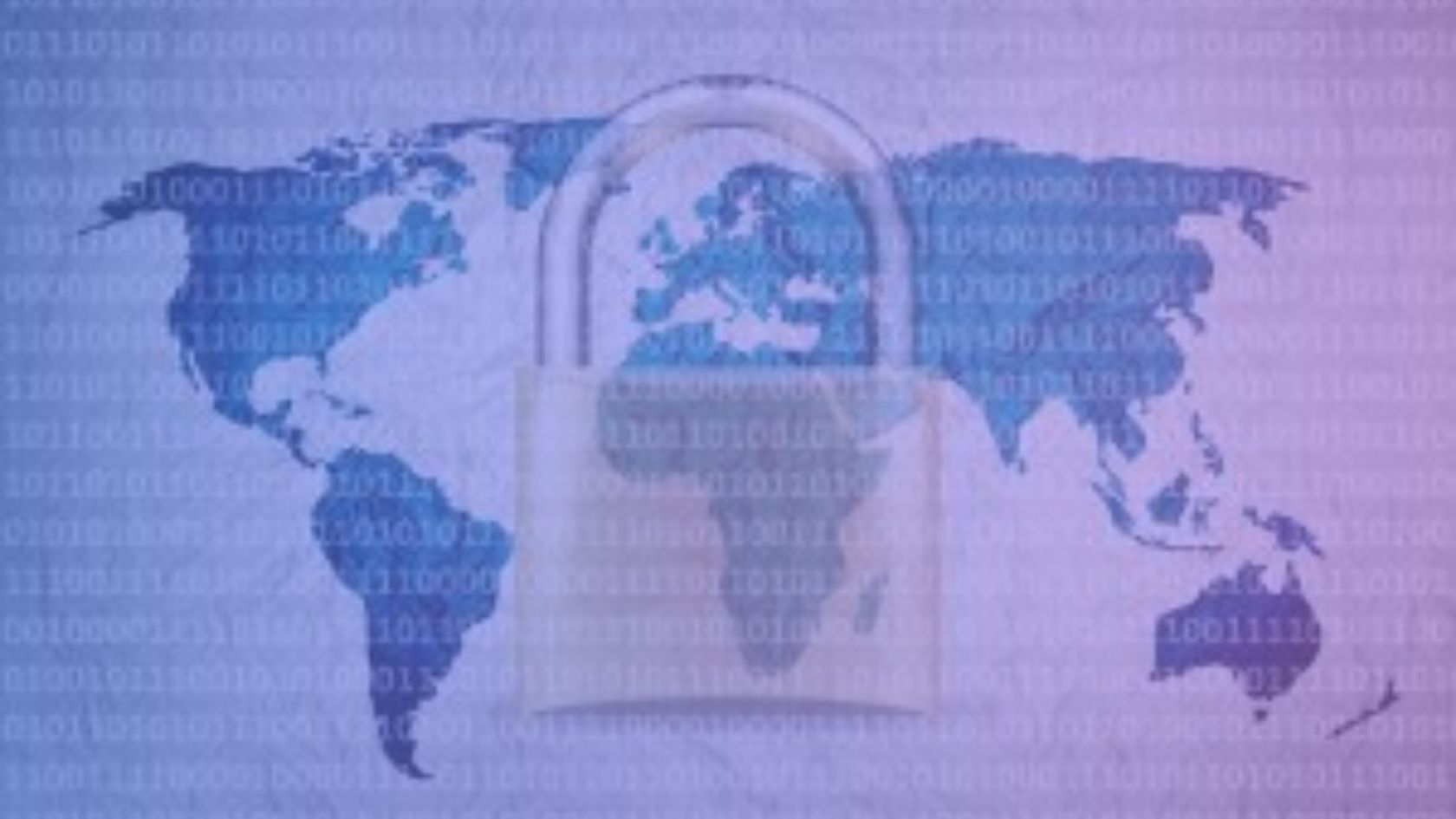As online threats advance as swiftly as the technology behind them, ensuring internet security is more crucial than ever. In summary. safeguarding personal and sensitive data can seem overwhelming. This article breaks down the fundamental principles of cybersecurity, offering a comprehensive guide to navigating the digital world securely.
What is Cybersecurity?
Cybersecurity focuses on protecting our digital world by defending systems and data from hidden threats. It acts as a digital shield, ensuring the confidentiality, integrity, and availability of vital information stored on our computers and transmitted across networks. Effective cybersecurity measures prevent unauthorized access to critical data and protect against potential cyber attacks.
What are the Key Challenges in Cybersecurity ?
The many cybersecurity challenges and threats facing businesses and people include:
Malware Attacks
Malware, including viruses, worms, Trojan horses, and ransomware, are programs engineered to inflict damage, steal information, or obstruct access to systems. To defend against these threats, utilizing security software and performing regular updates are essential. These attacks can compromise data and disrupt systems, causing significant risk to both employees and organizations.
Phishing Attacks
Phishing is a social engineering tactic used by cybercriminals to deceive individuals into disclosing sensitive information, such as passwords or credit card numbers. These attacks exploit human psychology to gain unauthorized access to valuable data and information. To protect yourself, remain cautious of suspicious emails, messages, or phone calls, and refrain from clicking on unverified links.
Critical Infrastructure
Critical infrastructure sectors such as energy, transportation, and healthcare are increasingly interconnected, which amplifies their exposure to cyber threats. A successful cyber-attack on these systems could trigger extensive outages, disrupt daily activities, and pose significant threats to national security. For instance, a cyber-attack targeting the power grid could result in widespread blackouts, affecting hospitals, public transportation, and communication networks.
Artificial Intelligence
AI has become the best tool in the hands of cybercriminals, allowing them to execute increasingly sophisticated and elusive attacks such as targeted spear phishing, automated intrusions, and adaptive malware. To effectively counter these evolving threats, organizations and public institutions must invest in AI-driven cybersecurity technologies capable of swiftly detecting and neutralizing such risks. Furthermore, educating and raising awareness among cybersecurity professionals about AI-based strategies is crucial for preemptively identifying and mitigating potential attacks before they inflict significant damage. AI can also enhance security measures by providing advanced analytics and threat detection capabilities.
Regulations
Cybersecurity regulations are continually changing in response to new threats. In France, laws like the Military Programming Law (LPM) and the General Data Protection Regulation (GDPR) place stringent requirements on companies to protect data and ensure the security of their information systems. It’s crucial for companies to stay updated on these evolving regulations and adjust their cybersecurity strategies accordingly to maintain compliance and safeguard sensitive information effectively. Compliance with these regulations helps protect against legal repercussions and enhances overall security.
Vulnerabilities in Software and Operating Systems
Ensure your software and operating systems are current to avoid potential vulnerabilities that hackers can exploit. Regularly update your software with the latest security patches to safeguard against known weaknesses. Outdated software and systems are prime targets for cyber attacks, and maintaining up-to-date security measures is essential for protecting data and information. Regular audits and assessments can help organizations identify and mitigate potential vulnerabilities, enhancing overall cybersecurity.
How Can You Enhance Cybersecurity Best Practices?
To strengthen cyber defenses, it’s essential to acknowledge the critical role individuals play in safeguarding their online information and data. Personal responsibility for cybersecurity is often underestimated, yet it is paramount, as 85% of data breaches stem from human error. Below are some practices to enhance your IT security.
Security Awareness
Learn about common cybersecurity threats, social engineering tactics, and effective security practices. Stay informed about potential risks and share this information with others. It’s crucial to foster a strong cybersecurity awareness culture within the company to ensure that all employees are vigilant about IT security.
Cyber Security Audits
By detecting security problems at an early stage, an audit can reduce the risk of data breaches and the disastrous financial consequences that could ensue. Cybersecurity auditing also helps companies comply with regulations and security standards, enhancing their reputation and the confidence of their customers and partners. At Prodware, we have forged a strategic partnership with Menaya, a turnkey cybersecurity audit solution that enables companies to anticipate and prevent cyber risks.
Firewalls and Security Software
Use firewalls to filter network traffic and security software, such as anti-virus and anti-malware, to detect and eliminate malicious software.
Regular Data Back-ups
Back up your important data regularly and store it in a secure location. Backups can help you recover your data in the event of loss due to an attack or hardware failure.
Checking Online Sources
When you download files or click on links, make sure they come from reliable sources. Avoid dubious websites and only download applications from official sites. This helps prevent malicious access to your devices and network.
Managing Access Authorizations
Grant access authorizations to applications and services only when necessary. Regularly review the permissions granted to installed applications and revoke those that are no longer required. Ensuring secure access to information and devices minimizes potential threats.
Cybersecurity: Growing Threats
In recent years, the landscape of cybersecurity threats has expanded dramatically. Cybercriminals have grown increasingly sophisticated and organized, exploiting vulnerabilities to breach security measures, steal sensitive data, and disrupt online operations. These attacks now target a wide array of sectors, from major corporations and government entities to individual users.
From high-profile incidents like ransomware attacks on critical infrastructure to more targeted schemes involving personal data theft, the diversity and complexity of threats continue to evolve.
Emerging technologies such as the Internet of Things (IoT), artificial intelligence (AI), and 5G present numerous opportunities but also introduce new vulnerabilities. Insecurely connected devices can be compromised and leveraged as entry points for broader attacks. Simultaneously, phishing and social engineering tactics have intensified, exploiting user trust to manipulate and obtain personal information.
The advent of AI has further complicated cybersecurity efforts, making certain fraud attempts more challenging to detect. Technologies like deepfake, capable of manipulating audio and video, underscore how the cybersecurity landscape has evolved unpredictably.
In response, ongoing and adaptable prevention and protection measures are essential. Governments, businesses, cybersecurity professionals, and individuals must collaborate to increase awareness, share threat intelligence, fortify defenses, promote best practices, and foster a secure digital environment for all.
Within organizations, cybersecurity is no longer solely the responsibility of IT departments; it requires collective vigilance across all levels. A 2023 Splunk report highlights that 79% of business sectors now view the security team as a valuable partner integrated across the organization, reflecting a shift towards unified cybersecurity efforts.
What Should You Consider When Choosing a Cybersecurity Solution?
To safeguard your data and systems effectively, deploying innovative solutions promptly is crucial. However, with numerous options available, making informed choices is key. Here are some considerations when selecting a cybersecurity solution:
- Needs Assessment: Begin by carefully evaluating your specific cybersecurity requirements. Tailor your search to solutions designed for organizations of your size, such as small businesses. Identify vulnerabilities in your IT infrastructure to prioritize areas needing stronger protection.
- Multi-layered Protection: Opt for a comprehensive security approach with multiple layers. Ensure your solution includes firewalls, malware detection tools, intrusion prevention systems, and spam filters. Layered defenses bolster resilience against diverse cyber threats.
- Identity and Access Management: Choose a solution offering robust identity and access management. Implement stringent authentication policies, precise access controls, and safeguards against brute force attacks.
- Real-time Monitoring: Enable real-time monitoring to swiftly detect suspicious activities or anomalies across your networks and systems. Prompt detection allows timely responses to mitigate potential damages, such as blocking unauthorized access attempts.
- Regular Updates and Support: Select a solution provider committed to maintaining cutting-edge technology. Ensure they offer rapid technical support and updates to combat emerging threats effectively.
Remember to conduct thorough research, seek expert advice, and compare solutions before deciding. Consult cybersecurity professionals for tailored recommendations based on your specific needs.
By proactively selecting and implementing a cybersecurity solution aligned with your requirements, you significantly enhance your online security posture against increasingly sophisticated threats.
In conclusion, cybersecurity is paramount in our interconnected world. Adhering to best practices and preventive measures ensures safe navigation in the digital realm. Protect your personal information, employ strong passwords, keep software updated, and remain vigilant against online threats.
Cybersecurity is an ongoing process. Stay informed about the latest trends and threats to outpace cybercriminals. Your vigilance and dedication to security are pivotal in fostering a secure digital environment.






